Last weekend we visited Drottningholm Palace in Stockholm. It was a fantastic autumn weekend, and really lovely to walk around the castle park in the November sun. We have seen the castle before, but also took the opportunity to see the theatre, which was really fun. Here are some tips for things to see and do at Drottningholm Palace. Have you been here? What is your favourite?
Innehållsförteckning
Drottningholm Palace in Stockholm
Drottningholm Palace in Stockholm was built in the 17th century and became a UNESCO World Heritage Site in 1991. The palace was built after French models by architect Nicodemus Tessin the Elder, on behalf of Queen Hedvig Eleonora.
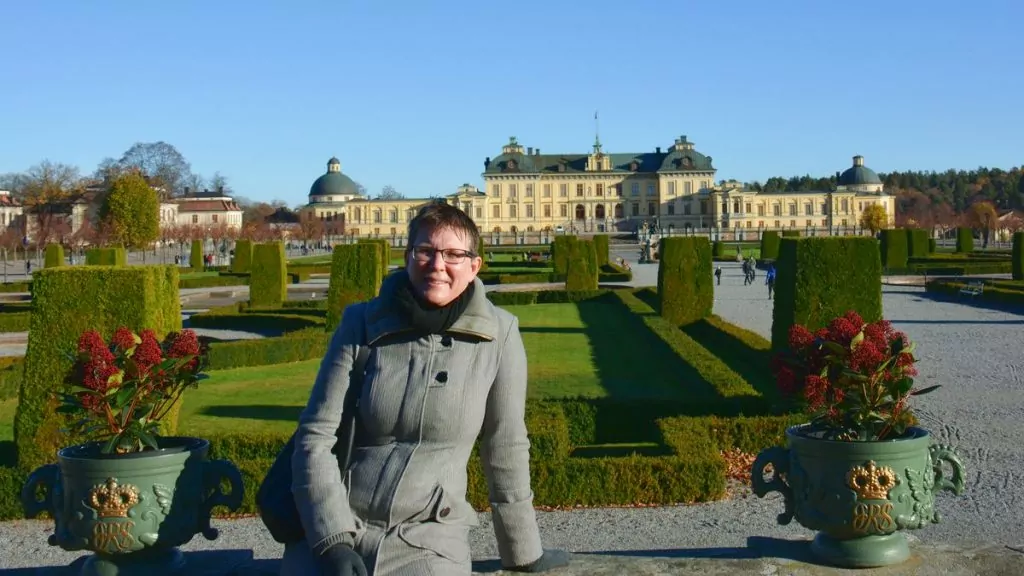
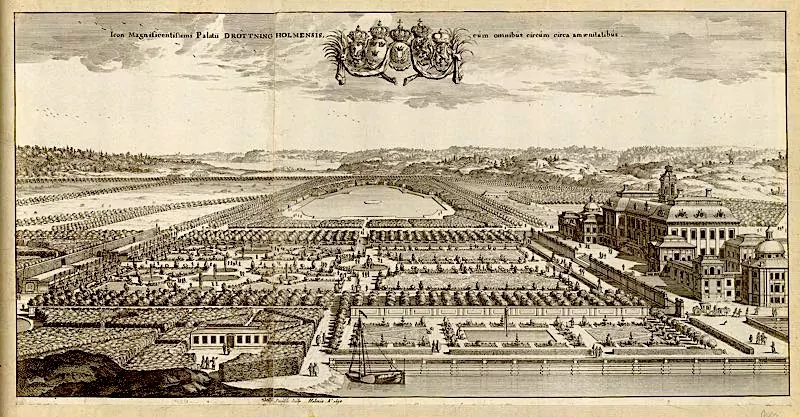
The Royal Family at Drottningholm Palace
The Royal Family moved into Drottningholm Palace in 1981, and the palace is now the permanent residence of the Royal Couple. However, it is not very likely that you will run into the Royal Family during your visit. Even if they were to be there, they live in the southern part of the palace, which is not accessible to visitors.
However, most of the castle and park are open to visitors all year round. If the flag is flying? It means that the royal family is in Sweden, but for security reasons it does not say whether they are at home at the palace or not.
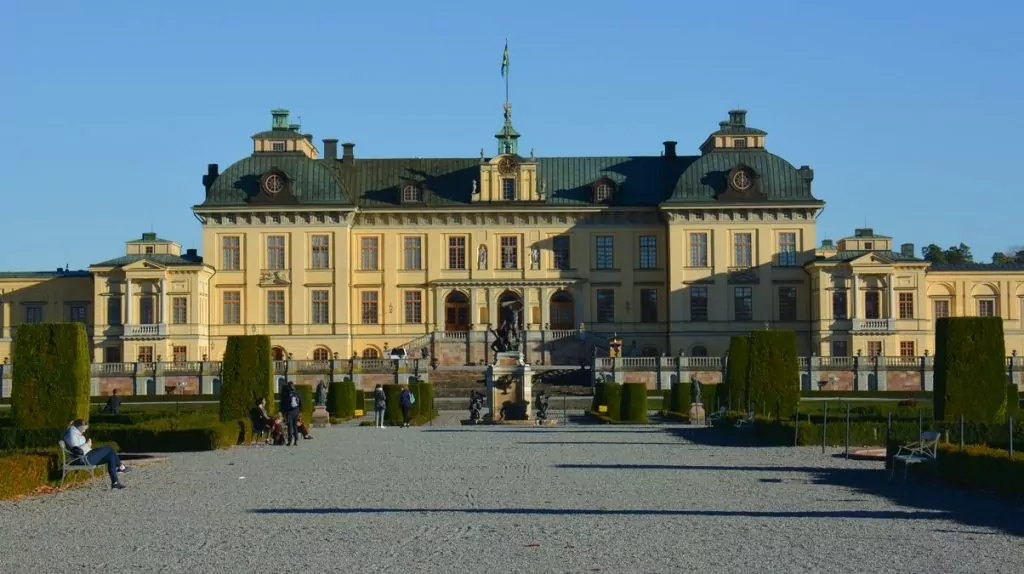
Things to see and do at Drottningholm Palace in Stockholm
Drottningholm Palace in Stockholm is impressive and is set in a vast palace park full of interesting buildings. Here are 12 things to see and do during your visit:
1. Stroll around the castle park
First of all, you can of course stroll around the beautiful castle park. The park is large and consists of different parts from different periods of history. Baroque garden, which is adjacent to the castle, was created in the 17th century and was inspired by the tamed and symmetrical French castle gardens of the time. Here you can stroll around bronze sculptures, lime tree avenues, boxwood hedges and several large and small fountains.
Another part of the castle garden is the the garden around China Castle, which was created in the middle of the 18th century. At this time in history, the strict ideal of a garden was abandoned in favour of a more natural park with chestnut avenues and a pond.
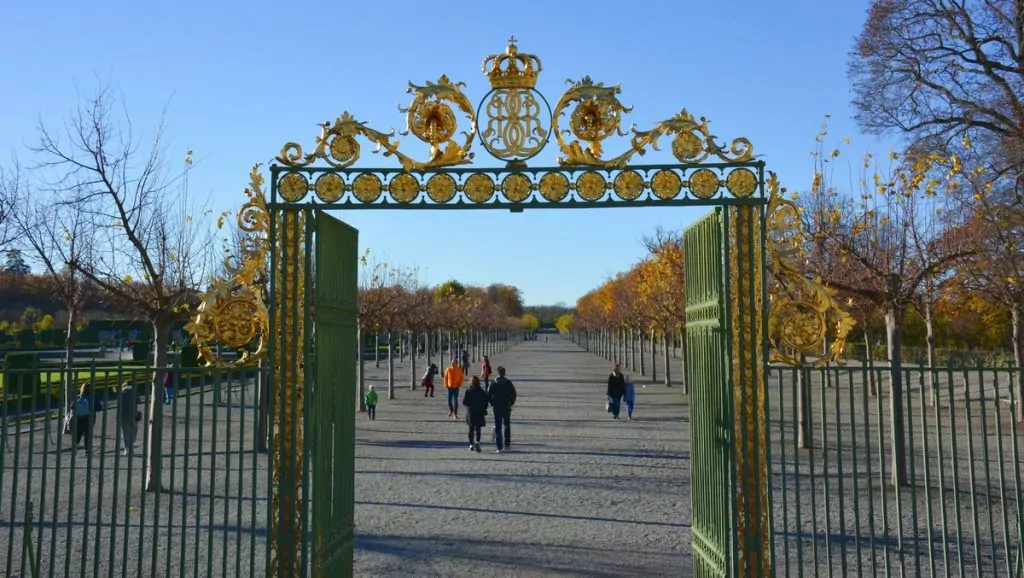
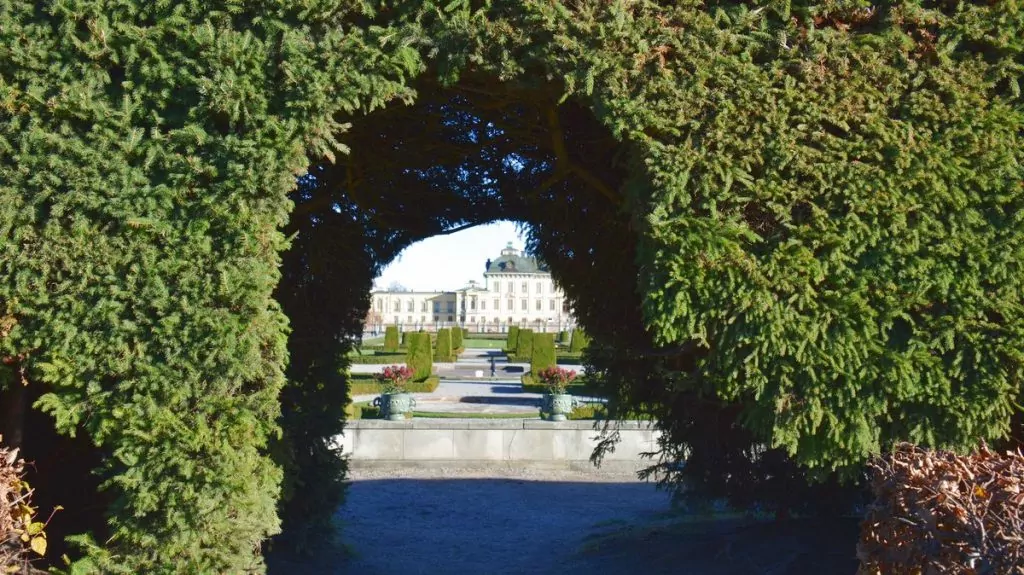
2. Experience the English Park
A little later in history, when Gustav III took over Drottningholm in 1777, it was created. English Park. This park consists of ponds with canals, islands, bridges, large lawns and trees in avenues and groves.
In the centre of the park are Monument Islands, where an amorous temple was originally planned, which was later replaced by a memorial temple to Gustav III. To the east of Monumentholmen is the island Svanholmen, where a swan house was built at the end of the 19th century.
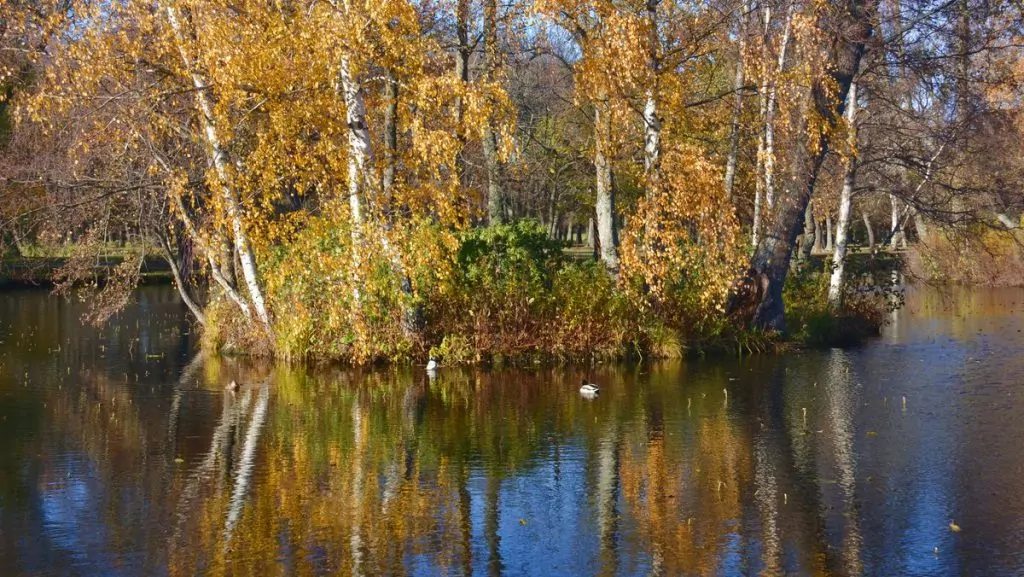
3. Visit the castle halls
Drottningholm Palace has changed over the years and the royals who have lived here have all left their mark on the interior design. They all wanted to showcase a castle that was modern and kept up with the fashion trends of the time. In other words, the royals of the time were not so different from the ordinary people of today!
When the Royal Palace was designed by the architect Nicodemus Tessin the Elder, Baroque architecture was the order of the day, and some examples from this period include the following the magnificent staircase and Hedvig Eleonora's impressive bedchamber..
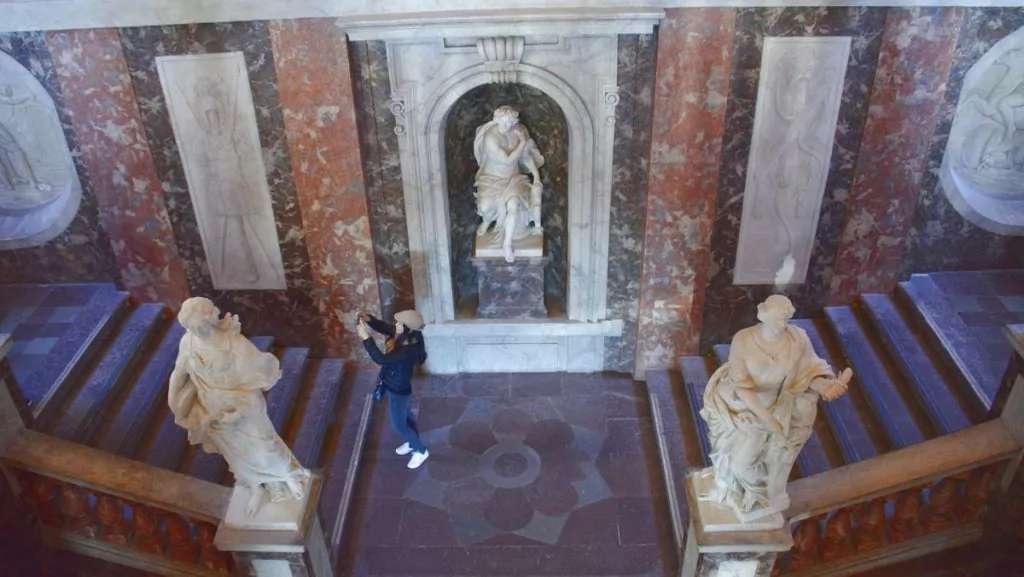
In 1744, the castle was given as a wedding gift (wow!) to Princess Lovisa Ulrika of Prussia when she married the Swedish heir to the throne, Adolf Fredrik. During Lovisa Ulrika's time, the castle was furnished with French-inspired rococo interiors. An example from this period is the beautiful and colourful... impressive library. You can also peek into the The porcelain roomwhich is an exhibition room with 18th century faience.
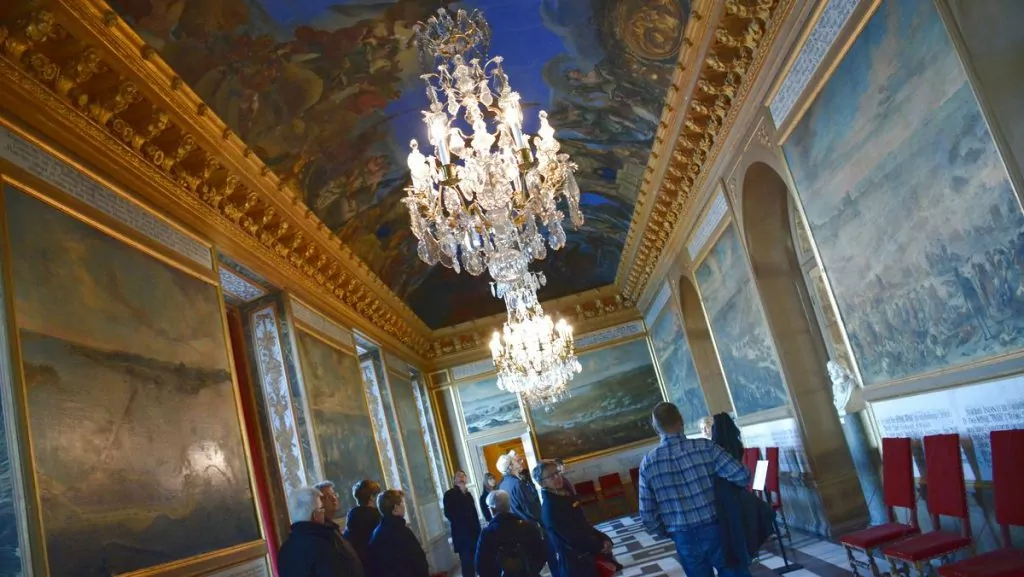
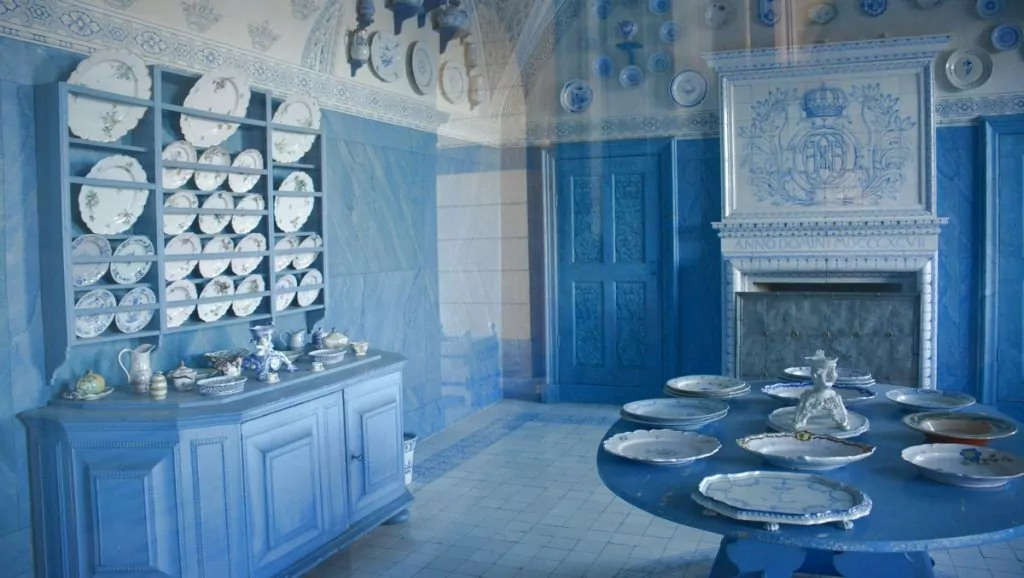
4. Take a guided tour of Drottningholm Palace.
You can walk around the castle on your own, but you can also choose to join a guided tour, in Swedish or English. A guided tour always gives a little more, we think, so we chose to join one. Interesting!
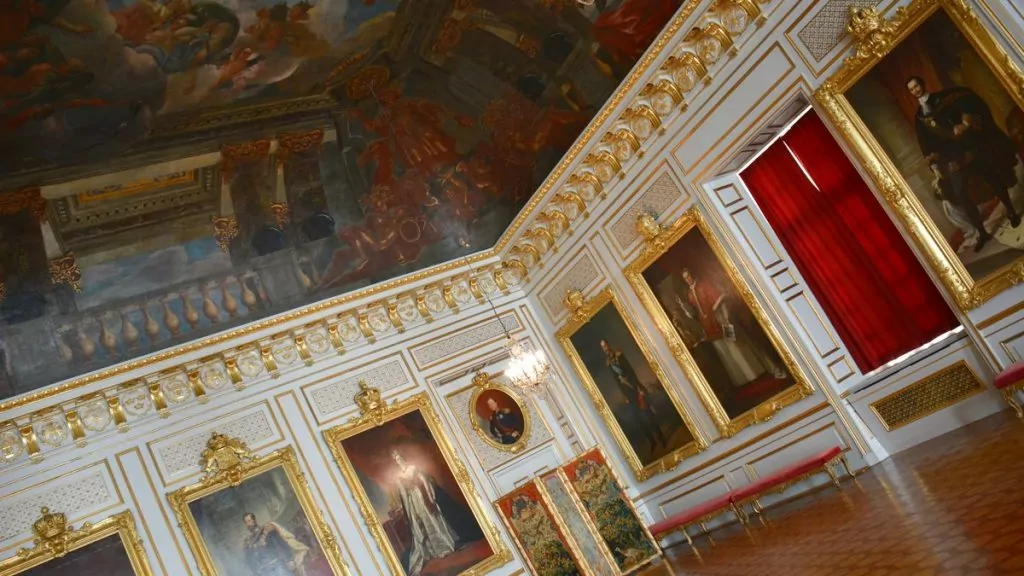
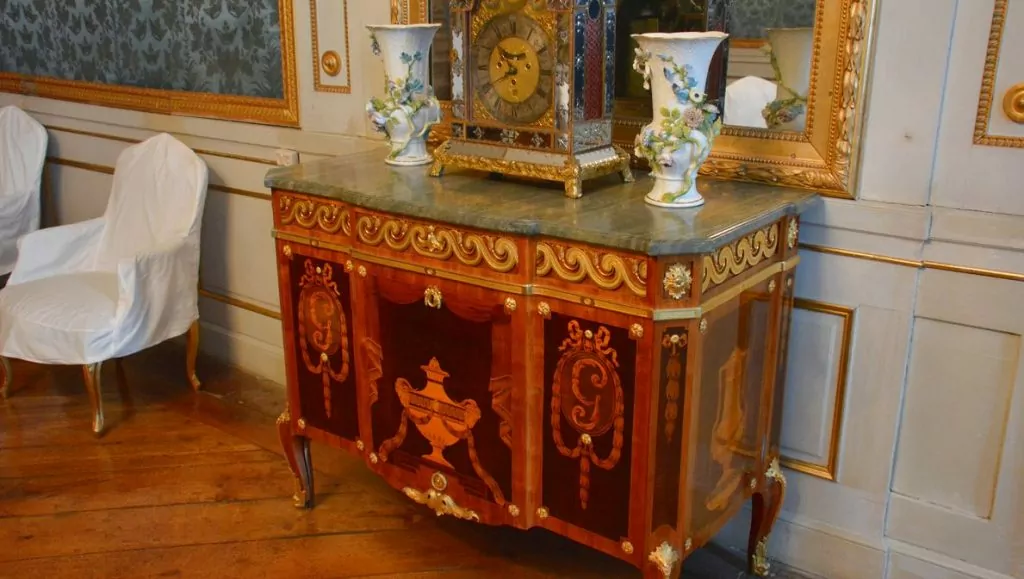
5. Take a guided tour of the castle theatre
Drottningholm Palace Theatre was built in 1766 for Queen Lovisa Ulrika, after the first theatre burned down after only a few years, and is one of the world's best preserved theatres from this period. The theatre's heyday began soon after when Gustav III, the so-called Theatre King, took over the theatre. Now you can take a guided tour of the theatre, and it's really fascinating.
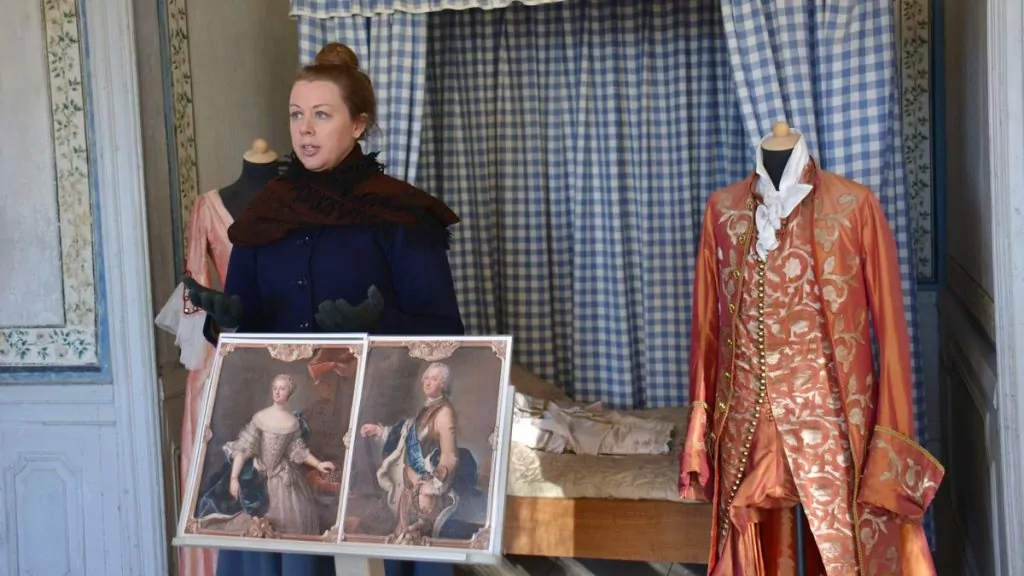
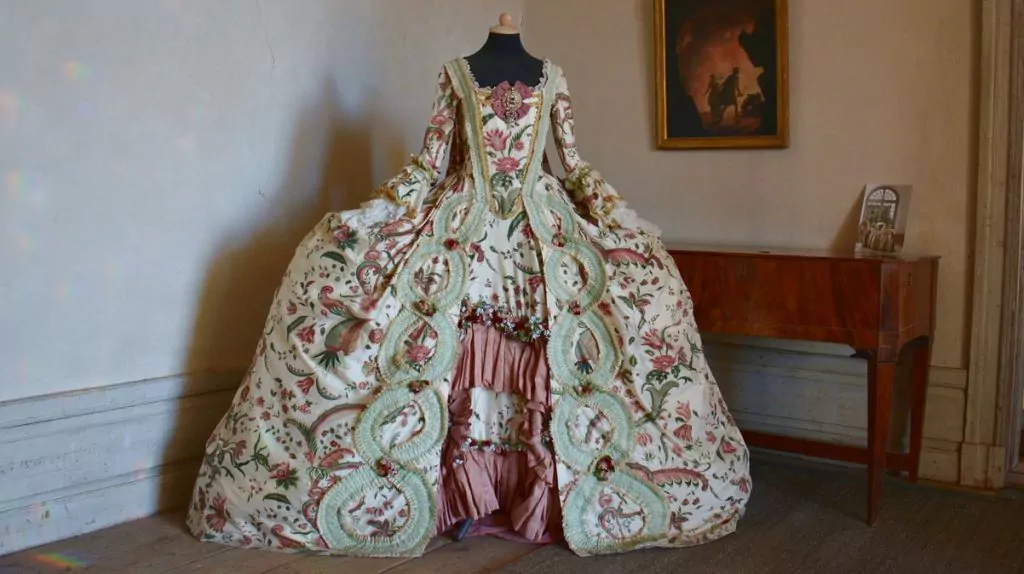
The theatre offers a lot of ingenuity, not least in the form of a "wind machine" that creates the sound of wind, and another machine that evokes the sound of thunder. Drottningholmsteatern is also a living theatre, and in the summer you can see opera, theatre and dance performances here.
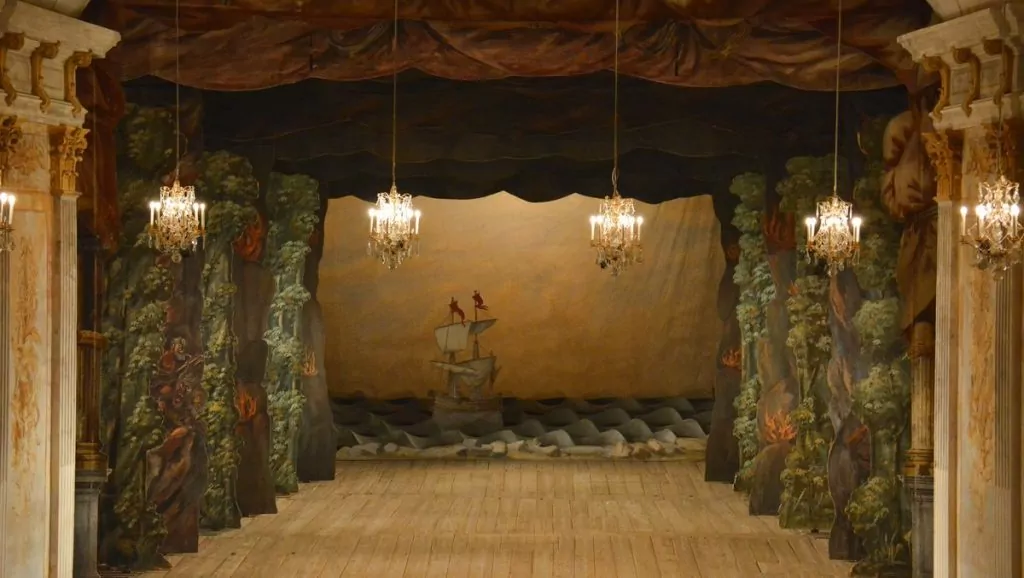
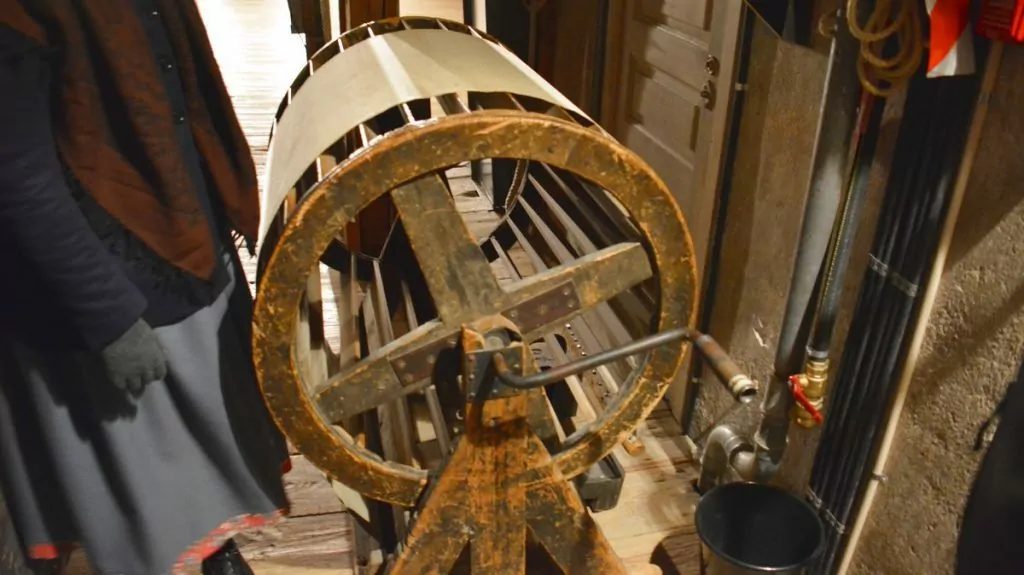
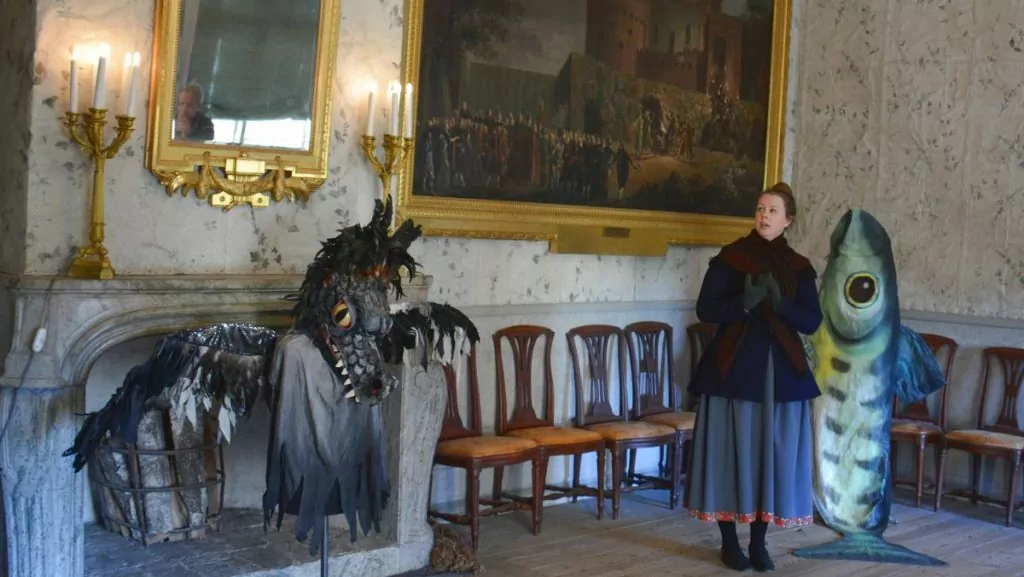
6. see the castle church
Drottningholm Palace Churchlocated in the northern roundhouse of the castle, was inaugurated in 1730 and is still in use. The church belongs to the court administration, but the Lovö parish celebrates services in the castle church on the last weekend of each month when everyone is welcome.
It also hosts concerts during the summer and Christmas season. Princess Leonore, Prince Nicolas, Prince Alexander and Prince Gabriel have been baptised in this church. Unfortunately, the church was not open when we were here, so we had to settle for taking photos from the outside.
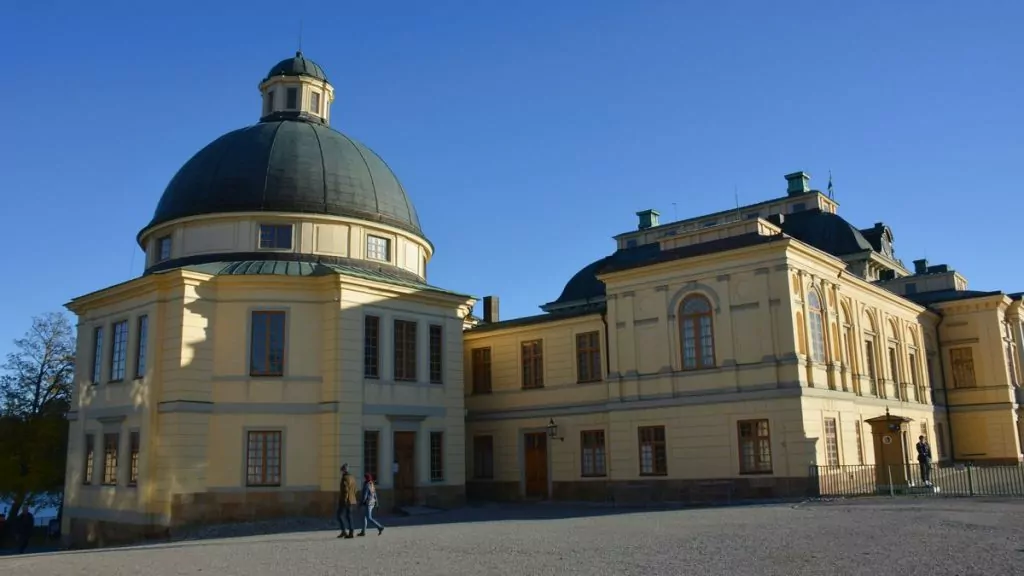
7. Walk to China Castle
At the far end of the Drottningholm Palace Park is the China Castle, which together with the castle is a UNESCO World Heritage Site. Adolf Fredrik had the castle built in secret, and then surprised Lovisa Ulrika with the castle as a birthday present in 1753. However, the China Castle you see today dates from 1769.
At this time, everything that was Chinese was high fashion. It was difficult for Westerners to travel into China, and even if they did, they could only see selected parts. This made China seem like a fairytale country, and people loved to collect Chinese products such as spices, silk, porcelain and artefacts. The castle was unfortunately not open when we were here, but there are supposedly a lot of imported Chinese artefacts.
Just north-west of China Castle is the pavilion. Confidences, where dining and serving tables could be hoisted up through the floor of the dining room. This allowed the royals to dine without service!
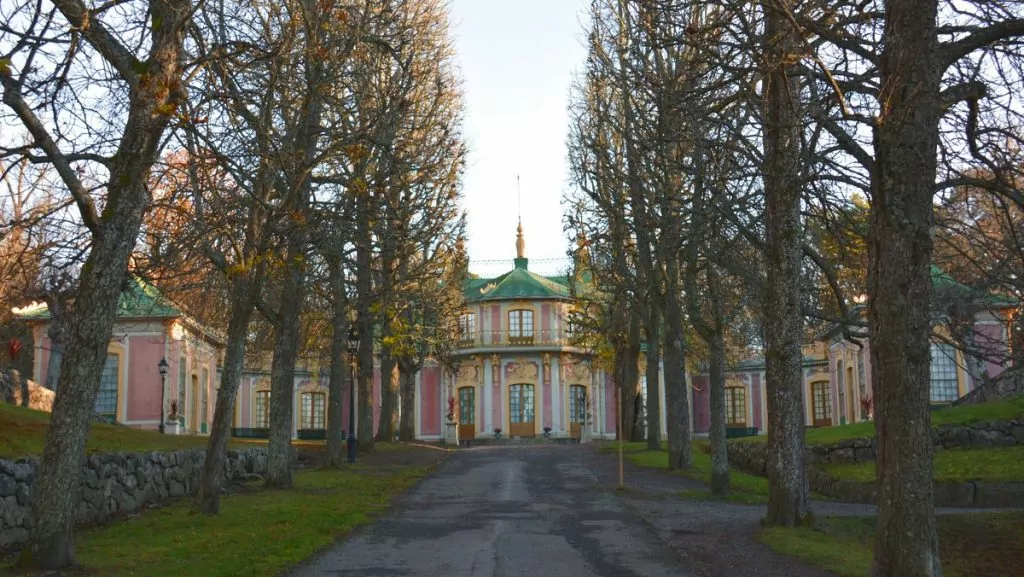
8. Check out the Guard Tent
Right next to China Castle you can also see The guard tent. When Gustav III took over Drottningholm Palace in 1777, China Palace was popular with the court, and it became necessary to provide a building for the guards. Between 1781-1782, the guard tent was built, which is designed as a Turkish or Roman soldier's tent. The tent is also reminiscent of the copper tents in Haga Park, which were added a few years later.
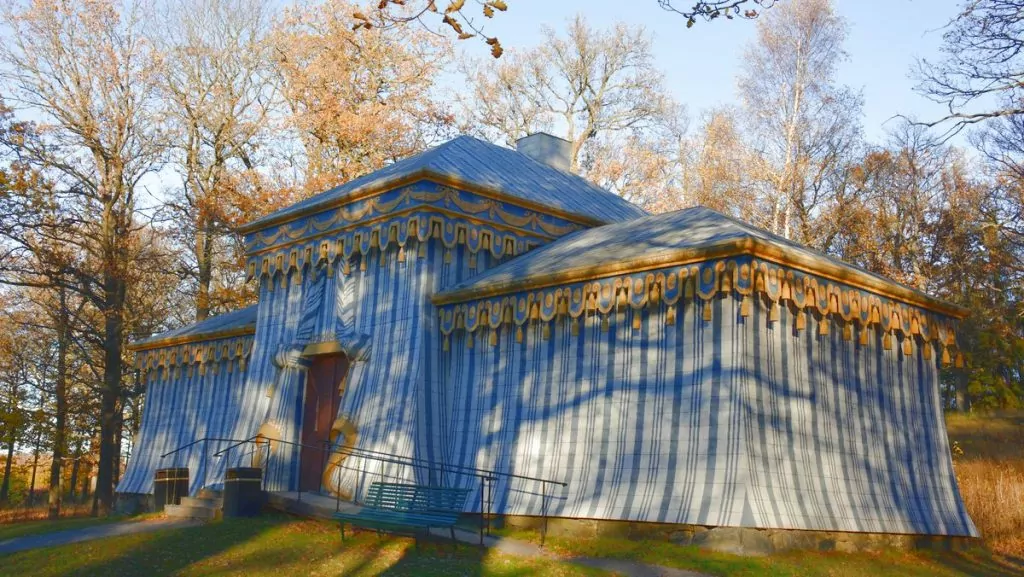
9. Coffee at the castle café
In the white villa, which is apparently also called the CaramelThe Drottningholm Palace Café is located on the lake side of the palace. It serves classic Swedish home-cooked food as well as coffee, pastries, sandwiches, beer and wine. We would have liked to have a coffee here, but as we were a little late for a guided tour, we had to have a sausage in the nearby kiosk instead ...
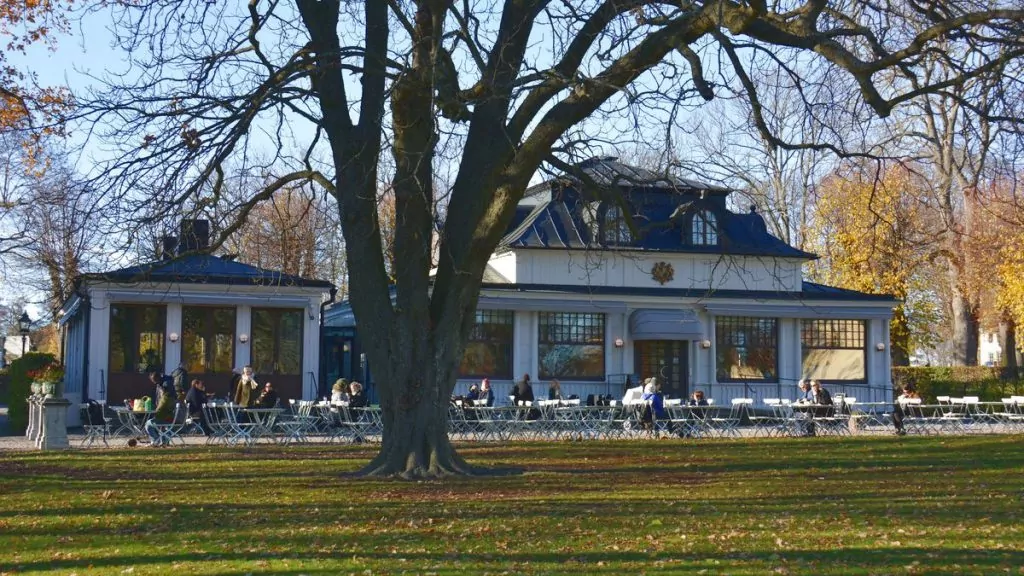
10. Check out art and sculptures
There are two art museums at Drottningholm, Evert Lunquist's studio and Museum de Vries. Both were unfortunately closed when we were here in November, but are open at other times of the year. The artist Evert Lundquist has had his studio in the old engine house at China Castle, and now oil paintings, charcoal drawings and drypoint engravings are displayed here.
The old Dragon Stable on Drottningholm Island contains a unique collection of sculptures by the Dutch sculptor Adriaen de Vries (1556-1626). The museum is open for pre-booked tours and during the annual Museum de Vries Day. In addition to these two museums, you can of course visit all the sculptures in the Drottningholm Palace's sculpture park!
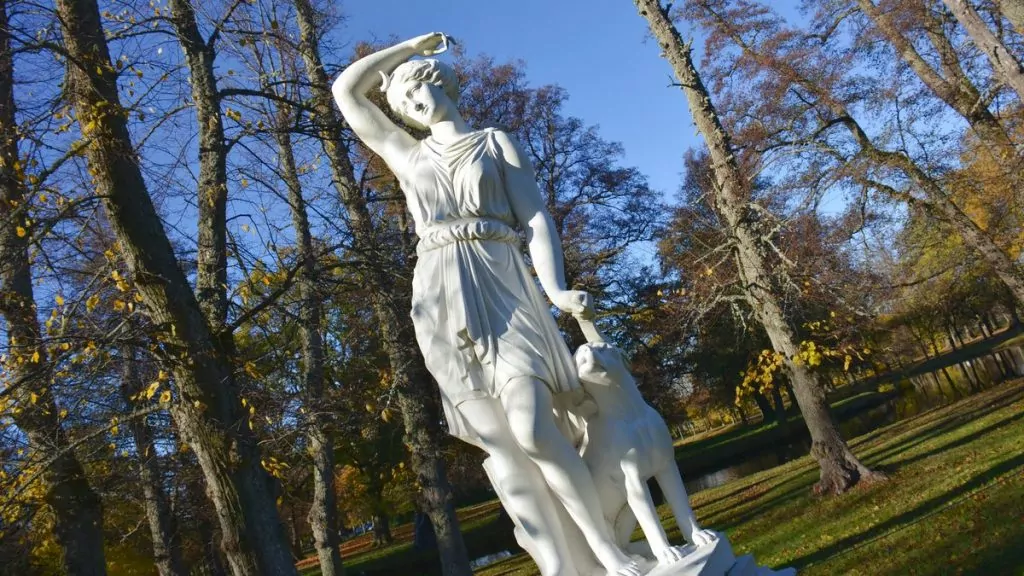
11. Go to events and Christmas markets
There is of course a lot going on at Drottningholm Palace! It can be anything from special themed tours to various activities for children. During Christmas, an atmospheric event is also organised. Christmas market with delicacies and artisans, such as blacksmiths and candle makers. Read more in the castle's calendar.
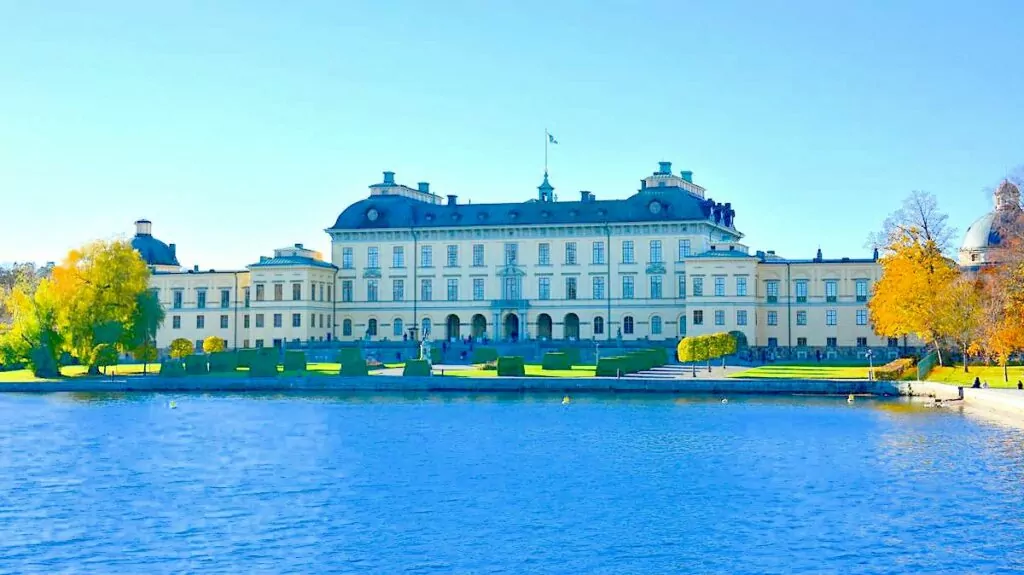
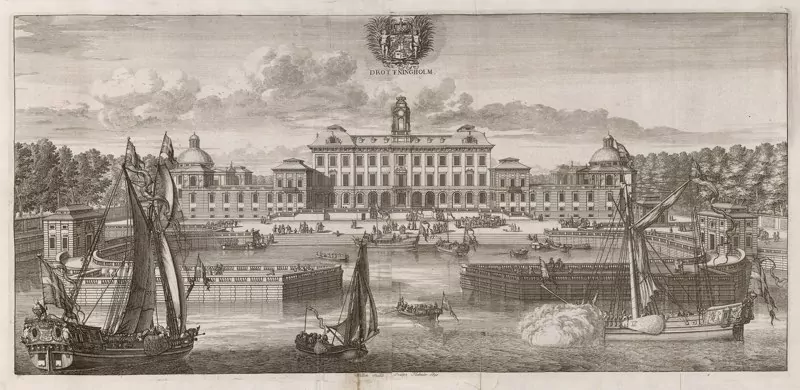
12. see more buildings around Drottningholm Palace
The area around the Drottningholm World Heritage Site is large and contains many historically interesting buildings. Here are some more:
- Drottningholm Palace Stables is located just north of the castle church. The building was constructed between 1737 and 1770 and today houses premises for the high guard.
- Grindstugan was built in 1846-1847 and is located at the western end of Lindallee. In the past, Drottningholm could be reached via two access roads, and this was one of them. Today the cottage is rented out as a summer residence.
- Hemmet, which is located north of Ekerövägen, was probably designed in the 1780s and became the governor's residence in 1816. In order not to be confused with the governor's office, the building was called the Hemmet.
- Upper and lower lake wing, also known as Oldfrau's grand piano and Caretaker's wingare two buildings directly south of the south wing of the Palace. The lower lake wing was Crown Princess Victoria's first private residence.
- Drottningholm bathhouse stands south of the castle. The bathhouse was built in 1792 and is probably the oldest preserved of its kind in Sweden.
- Gothic Tower stands at the western end of the English Park. Construction of the tower began in 1792, but was never completed due to the assassination of Gustav III. Built in the Romantic style, the tower is octagonal, has three levels and 124 steps.
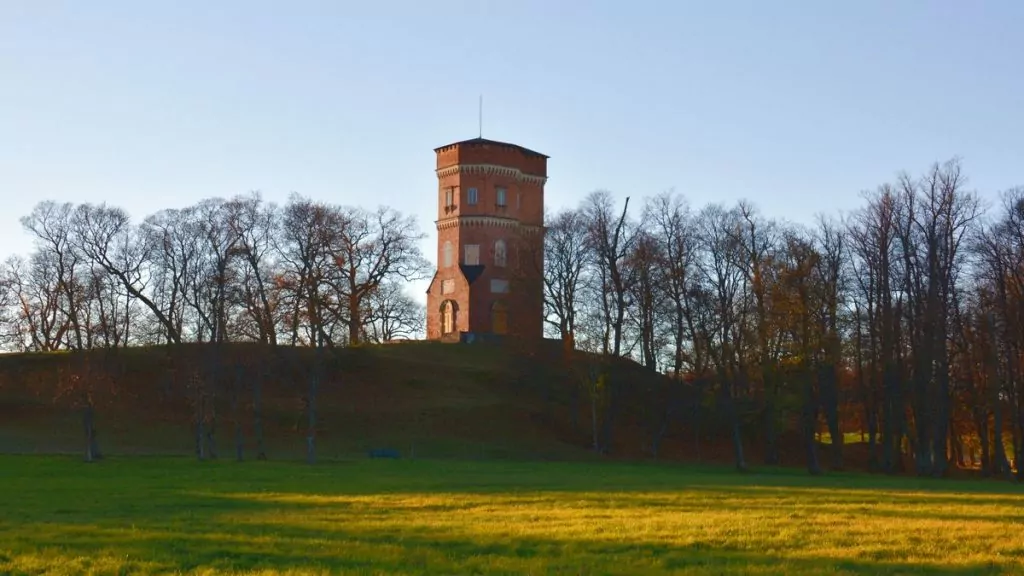
Royalty at Drottningholm Palace
A lot of royalty and other dignitaries have passed through the castle's history. People who owned, and more or less lived in the castle, included the Queen:
- Catherine Jagellonica (1526-1583)
- Queen Catherine Stenbock (1535-1621)
- Queen Christina (1626-1689)
- Queen Maria Eleonora (1599-1655)
- Magnus Gabriel De la Gardie (1622-1686)
- Queen Hedvig Eleonora (1636-1715)
- Queen Lovisa Ulrika (1720-1782)
- Gustav III (1746-1792)
- Gustaf V (1858-1950)
- Carl XVI Gustaf (born 1946)
Film from Drottningholm Palace in Stockholm
We end with a film from our visit to Drottningholm Palace in Stockholm, edited by Peter. Feel free to watch it!
Bogesund Castle in Vaxholm - and the Great Castle Tour.
Bogesund Castle in Vaxholm is a beautiful 17th-century castle located in the Bogesund countryside in Stockholm...
Karlberg Castle Park - jogging trails and attractions
Karlberg Castle Park is just a few minutes' walk from where we live. Yet it took several...
Lövstabruk - ironworks dating back to the 16th century
Lövstabruk in Uppland is one of the so-called vallon mills in Sweden, a historic ironworks....
Pampas marina in Solna - all you need to know
Pampas marina in Solna is a marina, where you will also find houseboats and a restaurant....
Väddö sea baths and camping in Roslagen
Väddö havsbad och camping på Väddö is a campsite with a sandy beach, surrounded by beautiful nature....
Gräsö in Roslagen - a scenic gem
Gräsö is a scenic island, located just outside Öregrund in Roslagen. The island is surrounded by...
Lingnåre cultural reserve - historical trails in Uppland
Lingnåre Cultural Reserve is located on the Hållnäs peninsula in the municipality of Tierp. There are currently a total of 43 cultural reserves...
Royal palaces in Sweden - 11 magnificent castles
Royal palaces in Sweden are the subject of today's article. Did you know that there are 11...
Törnskogen nature reserve - lost twice in one day
Törnskogen Nature Reserve consists of Södra Törnskogen in Sollentuna and Norra Törnskogen in Upplands Väsby. Here...
Riddarholm Church in Stockholm - the burial place of kings
Riddarholm Church is Stockholm's only surviving medieval monastery church. This magnificent building, constructed at the end of the...
Grönsöö castle in Uppland - and a cosy free camping site
Grönsöö Castle is a fine 17th century castle on the island of Grönsö in Lake Mälaren, Uppland. In the summers, the...
Wenngarn Castle in Sigtuna - castle park, café and history
Wenngarn Castle in Sigtuna is a beautiful castle, which was once built by Magnus the...
Best restaurant at Arlanda? - we have tested La Girafe
Which is the best restaurant at Arlanda? There are of course several answers to this question...
Visiting the Royal Palace of Stockholm - photos and tips
What is it like to visit the Royal Palace in Stockholm? If there is any attraction in the...
Skokloster camping - great waterfront on the Skohalvön peninsula
Skokloster camping (or Sånka camping as it seems to be called on the signs here) is located on Skohalvön...
Österbybruk - mansion and mill environment in Roslagen
Österbybruk is beautifully located in Roslagen and offers a beautiful manor house, historic mill environment and...
Excursions in Stockholm in times of coronavirus - 15 tips
Tips on 15 excursions in Stockholm in times of corona! Because yes, what do you do when you...
Vikingabyn Storholmen - open-air museum in Roslagen.
Vikingabyn Storholmen is an open-air museum beautifully situated by Lake Erken in Roslagen. For a few...
Rullsands camping and sea baths
Rullsands camping is a nice campsite outside Gävle. The location of the campsite is very nice and...
What to do in Solna - 15 activities and experiences
What can you do in Solna? We have lived in Solna for eight years, and before...
Rydboholm Castle in Roslagen - and the English Park
Rydboholm Castle in Roslagen is a private castle from the 16th century, and next to the castle is the...
Museums in Stockholm - guide to the city's best museums
Why not visit some museums in Stockholm? Sweden's capital city is one of the world's most museum-rich...
Grisslehamn in Roslagen - 7 tips on things to do
Located on Väddö in Roslagen, Grisslehamn is a charming little town that is bustling with...
Forsmark's mill in Roslagen - a poppy mill with a long history
Forsmark's mill in Roslagen is one of the many beautiful poppy mills in the area. Once...
30 attractions in Old Town - tourist in Stockholm
Sights in the Old Town! The old parts of Stockholm are not only charming and beautiful,...
Road trip in Roslagen - 10 places to visit
Looking for a road trip in Roslagen? We recommend ten great destinations to visit...
Solna church - and the beautiful Norra begravningsplatsen cemetery
Solna Church is a nice little round church from the 12th century. Adjacent to the church is Norra begravningsplatsen, which...
Huvudsta farm in Solna - murder story and beautiful surroundings
Huvudsta farm in Solna is located a short walk from the marina where we live. We are...
Kvarngården in Knivsta - homestead with nice parking space
Kvarngården in Knivsta is a local history centre and caravan park run by Knivsta Hembygdsgille. Here...
Filmstaden Råsunda in Solna - 100 years of film history
Filmstaden Råsunda is currently operating as a cinema, although it is currently closed due to...
Bredsands camping in Enköping
Finally, we have a completely free weekend and the opportunity to go out with the motorhome ....
Pythagoras Industrial Museum in Norrtälje - step into history
The Pythagoras Industrial Museum in Norrtälje tells, in a very vivid way, about a piece of Swedish industrial history....
Noor's castle - a Carolingian wooden castle in Uppland
Noor's Castle is a wooden Carolingian castle in Knivsta, Uppland. It may be a very...
Kungsträdgården in Stockholm - and the Makalös Palace
Kungsträdgården in Stockholm is a beautiful park where people stroll, have coffee, listen to concerts and...
Linnaeus' Hammarby in Uppsala - Aunt Anna botanises
Guest writer: Anna Nilsson Spets A stone's throw from Uppsala's bustling city centre is the rural Linnaeus Hammarby....
Salsta Castle in Uppland - castle café, guided tours and ghosts
Salsta Castle is a beautiful baroque castle from the 17th century. We were fascinated by the beautiful building when...

Journey to Drottningholm Palace in Stockholm
- Location: Drottningholm Palace in Stockholm is located on Lovön in Ekerö municipality, about ten kilometres outside the city centre.
- Metro and bus: You can travel here by metro and bus. Take the metro to Brommaplan and then take bus 301 or 177 to Skärvik, bus 312 to Adelsö, bus 309 to Kaggeholm, bus 336 to Svartsjö, bus 302 to Knalleborg or bus 176 to Stenhamra and get off at Drottningholm. Check current times on SL website.
- Boat: You can get to Drottningholm by boat, by the Streamline the canal company. The journey takes place on the ships M/S Angantyr, M/S Carl Philip or the steamship S/S Drottningholm. All full-day departures have a restaurant on board, and on other trips there is a cafeteria. The boat journey takes approximately one hour, one way. Please note that there is a combination ticket that includes the boat trip and admission to the Palace, China Castle and the Palace Theatre.
- Car: You can drive your own car or use car hire to get to Drottningholm Palace. The route is about 11 kilometres from T-centralen and is estimated to take about 30 minutes to drive. There are two visitor car parks at the palace, also for buses and people with reduced mobility. A fee is charged for the car park.
- Bicycle: You can also cycle to Drottningholm Palace. The route is about 12 kilometres from T-centralen and is estimated to take about 45 minutes to cycle.
Guide: Prices and opening hours at Drottningholm Palace
- Opening hours: The palace is open all year round, 10-16 in the low season and 10-17 in the high season (2019). Please note that some parts of the Drottningholm Palace area (such as the church, China Palace and the various museums) may be closed during the low season. The palace may also close in connection with H.M. the King's official representation.
- Guided tours: A guided tour of the castle takes about 45 minutes. Guided tours are organised several times a day, in several languages. Larger groups (max 30 people) book guided tours in advance. Read more about the times for guided tours on the castle's website. Guided tours are also given in the Drottningholm Palace Theatre. See current information on the theatre's website.
- Prices: Adults pay 130 SEK to visit Drottningholm Palace, children aged 7-18 pay 65 SEK and students pay 65 SEK (2019). Participation in guided tours costs SEK 30 in addition to the regular admission ticket (2019). Children under 18 do not pay extra for guided tours. Please note that prices are subject to change and that the castle theatre is not included in this price. There is a combination ticket that can be purchased at Teaterboden (right next to the theatre) and at the Drottningholm Visitor Centre. A combination ticket that includes a boat trip is also sold by Strömma kanalbolaget.
- Service: Drottningholm Palace Café serves food, sandwiches and coffee, as well as beer and wine. There are toilets in the High Guard Wing and at China Castle. There are no lockers or luggage storage facilities.
- For children: Drottningholm is not only for adults, but you can also take your children and grandchildren on an excursion to Drottningholm. The palace organises fun and educational car chases, such as a lion safari or a gold hunt. Family activities are also organised on Saturdays and Sundays during the summer months. Prams cannot be taken into the castle, but can be left in the arcade at the entrance (no possibility of locking).
- Accessibility: There are several stairs leading up to and within the castle, some with handrails and others without. There are no lifts or ramps. Toilets for people with disabilities are available in the High Guard Wing and at China Castle. Parking for people with disabilities is available. Guide dogs are welcome and companions/assistants have free entry. Read more about accessibility in the different parts of the castle area on the castle's website.
- Read more: You can find more information at the castle's website and on Castle Theatre website.
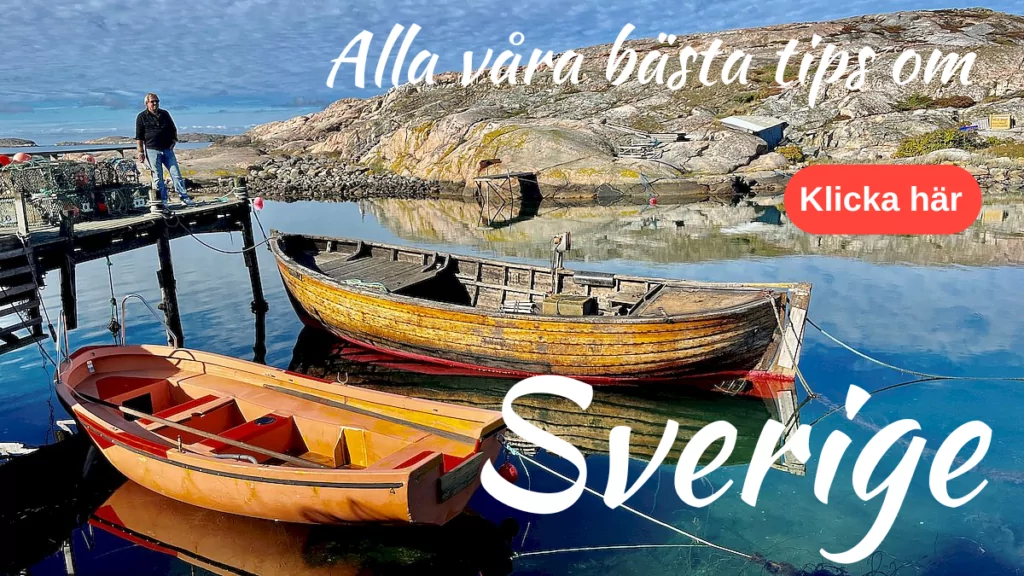

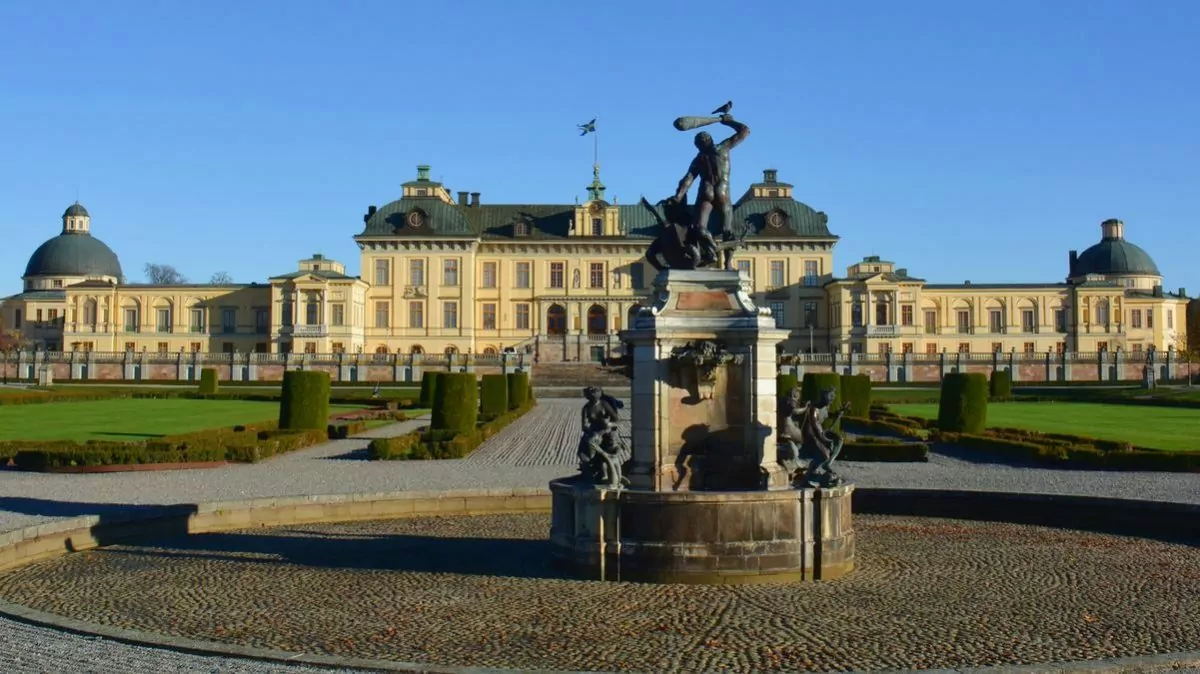










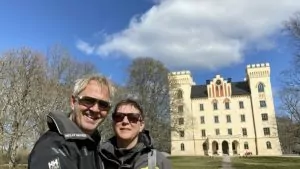
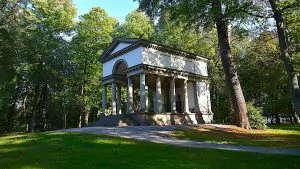
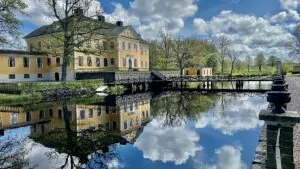
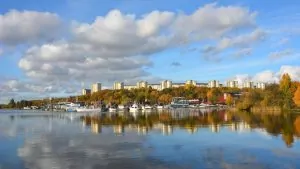


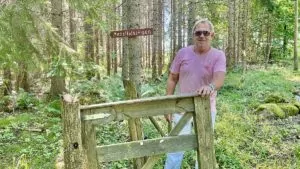
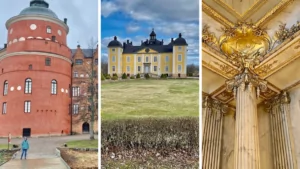

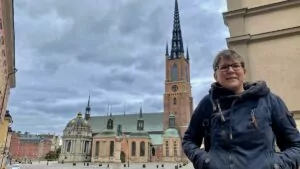
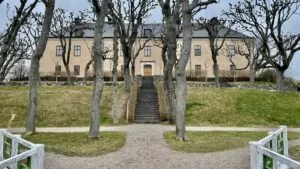
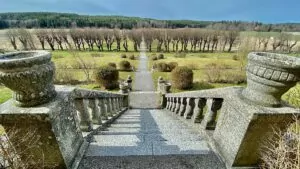
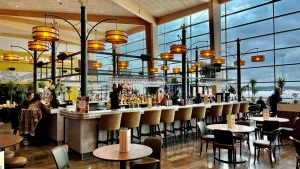
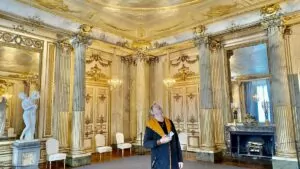
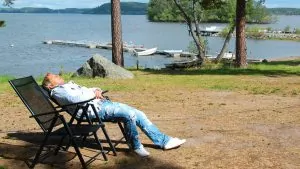
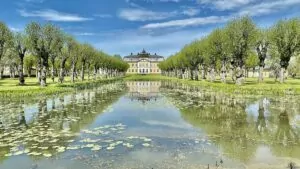

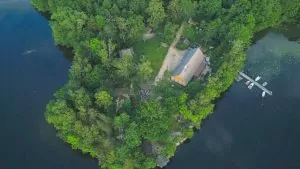
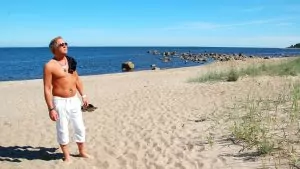
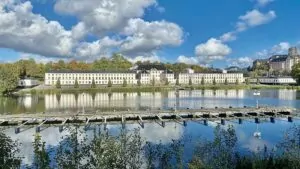
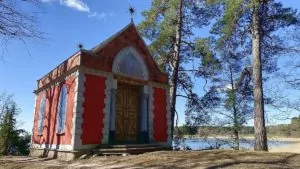
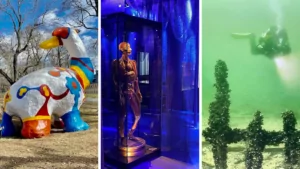
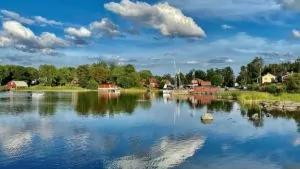
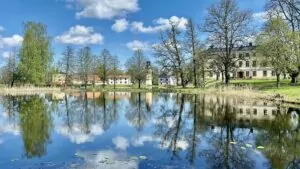
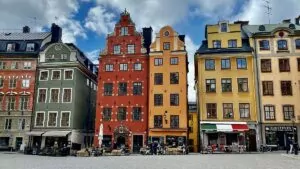

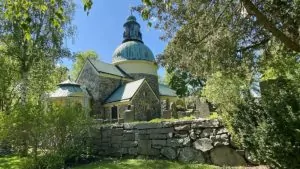
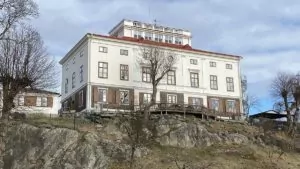
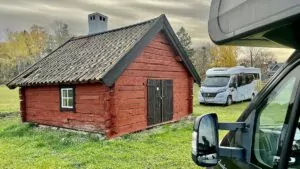
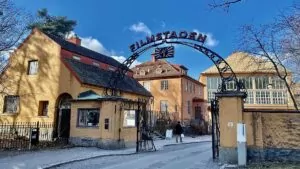
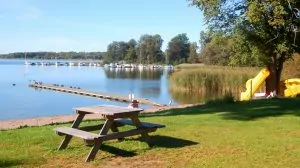
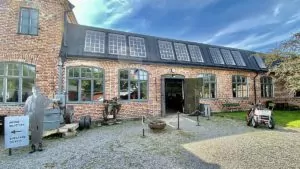
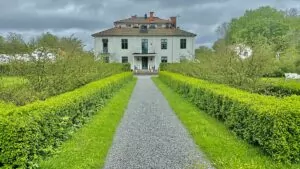
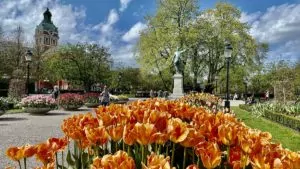
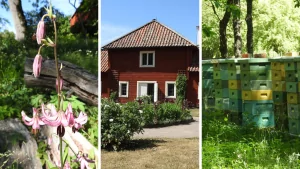
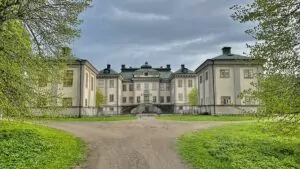
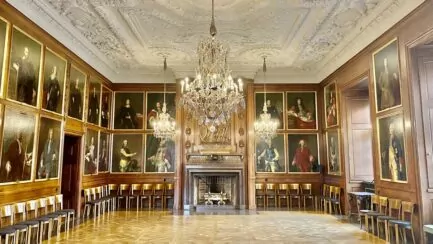
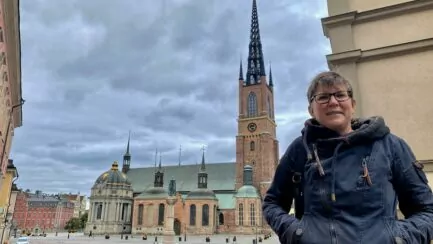
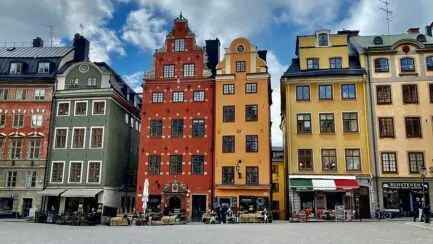
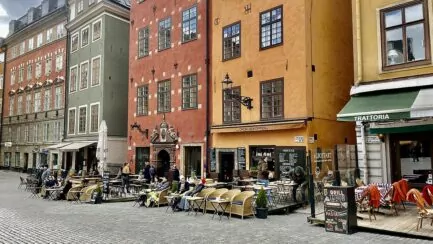
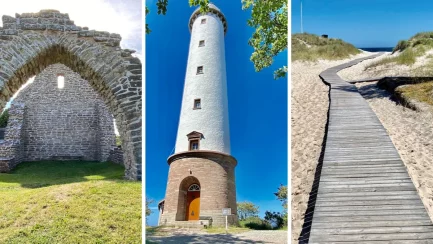



Anette says:
Interesting reading for me who has never been there. Maybe there will be a visit at some point. Early summer should be very beautiful, I can believe.
13 November 2018 - 6:16
Helena says:
Worth a visit! 🙂
13 November 2018 - 18:39
Britt-Marie Lundgren says:
Really good guide to Drottningholm. We have never visited it, but will try to make a visit at some point.
We think an early summer visit could be great.
13 November 2018 - 8:48
Helena says:
Glad you liked our guide Britt-Marie! Drottningholm is definitely worth a visit!
13 November 2018 - 18:39
Ama de casa says:
Have strolled around the beautiful surroundings lots of times - nice walking paths. Can also recommend taking the boat from the city out there. You can eat, enjoy the inner archipelago and then have a lovely walk by the castle.
If those tours are still running, that is. It has been many years since I travelled it 🙂.
13 November 2018 - 9:11
Helena says:
I have never taken the boat, but it sounds nice! There are tours (though I don't know what time of year).
13 November 2018 - 18:40
Nils-Åke Hansson says:
Been a long time since we were there. A very nice place,
13 November 2018 - 9:11
Helena says:
Can only agree, super nice!
13 November 2018 - 18:40
Ditte says:
Of course a visit to Drottningholm is nice. We usually take a trip a couple of times a year, spring and summer, and then we take the boat out. Nice to combine with the visit. Hard to choose a favourite because everything is nice. In my younger years I have guided out here so now I don't go on those tours. Visiting the theatre and seeing a performance is fun and if you have then gone on a tour there and seen behind the scenes it is even more fun. Very nice guide you made and nice pictures from a "pearl".
13 November 2018 - 9:30
Helena says:
Sounds very nice to take the boat out, I've never done that actually. I also like the theatre. Would be fun to see a performance there! 🙂
13 November 2018 - 18:41
Katta - Bucketlife.se says:
God how beautiful it is in there! Imagine that I have lived in Stockholm all my life and only been outside in the park once. Will add a visit to the interior to the list for sure! Love to feel the wings of history like that and fantasise about those who once were there.
13 November 2018 - 13:45
Helena says:
Like the word inomslotts 🙂 Definitely worth a visit!
13 November 2018 - 18:42
Ruth i Virginia says:
It is fun to have a "living" castle, i.e. living people.
lives there. Have been there a few times. Remember in particular
theatre. It is amazing that it was still in use.
And the park ...
Thanks for the tour - exquisite photos as always!
13 November 2018 - 14:24
Helena says:
Totally agree with you! And vast theatre nice!? 🙂
14 November 2018 - 5:59
Emma, Sol som sol? says:
When I was little, I think we were there all the time! The Scouts had events there with rounds of trivia (I remember that our patrol won a plaque, came third in the whole of Stockholm or something like that... Now I know, it was District Day! So it was called. Super fun it was! Took a while before the memory came up to the surface!
Then we were there with the class too. It was probably popular in the 70s and 80s. Maybe it still is.
Too bad some of the attractions were closed to you. Or maybe not, now you have a reason to go there again.
13 November 2018 - 15:48
Helena says:
Fun! I grew up in Skåne, so visited Drottningholm first as an adult 😉 And haha yes, we went there sometime in the summer! 🙂
14 November 2018 - 6:00
BP says:
At least I had guessed correctly on a castle;-) It had been many years since I visited Drottningholm. I actually took a boat there to make the trip a bit adventurous for my visiting in-laws. They loved castles, which is logical since all English people are crazy about castles and fortresses and have lots of them.
Personally, I liked the castle park and the café best.
13 November 2018 - 18:44
Helena says:
Yes, a right! 🙂 Sounds nice to take the boat there! 🙂
14 November 2018 - 6:01
Our Vantastic Travels says:
A full day excursion that has a lot to offer, both history and beauty.
Thank you for the nice feature!
13 November 2018 - 19:26
Helena says:
Really! You can spend a bunch of hours here 🙂
14 November 2018 - 13:09
Matts Torebring says:
Another fantastic entry. I have only ever been to the castle park, where we have sat on the lawn with the family and enjoyed a picnic basket on one occasion,
13 November 2018 - 19:40
Helena says:
The castle park is nice! If you come more times, there's even more to see 🙂.
14 November 2018 - 13:10
Solan says:
Well, actually when I was there (quite often), the king came jogging with a small pack of sheep and dog in tow? China Castle is a so-called pearl ...
13 November 2018 - 22:02
Helena says:
Haha, what a sight! 🙂 China castle I have to see inside on occasion!
14 November 2018 - 13:10
Solan says:
Greetings to the Pampas couple from Segovia?
14 November 2018 - 13:18
Lena - gott för själen says:
Have never been in there, only outside. Very beautiful surroundings!
Hug Lena
14 November 2018 - 20:42